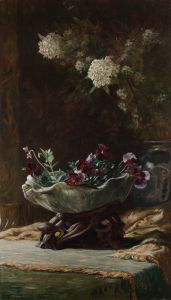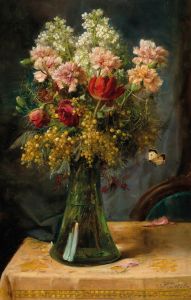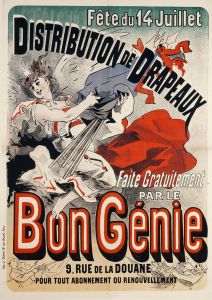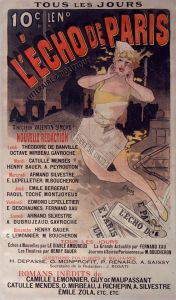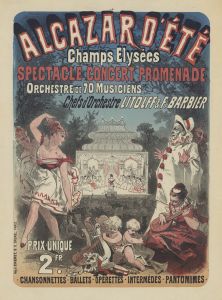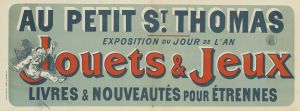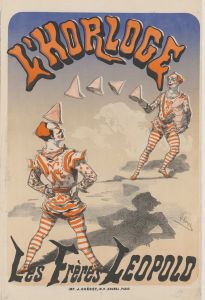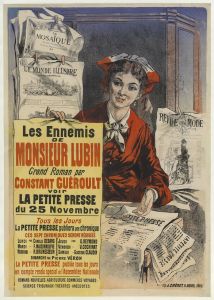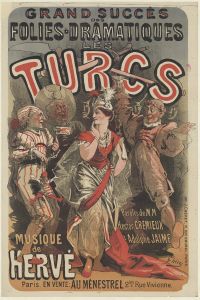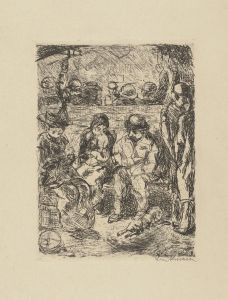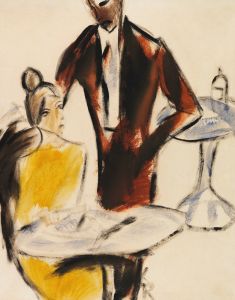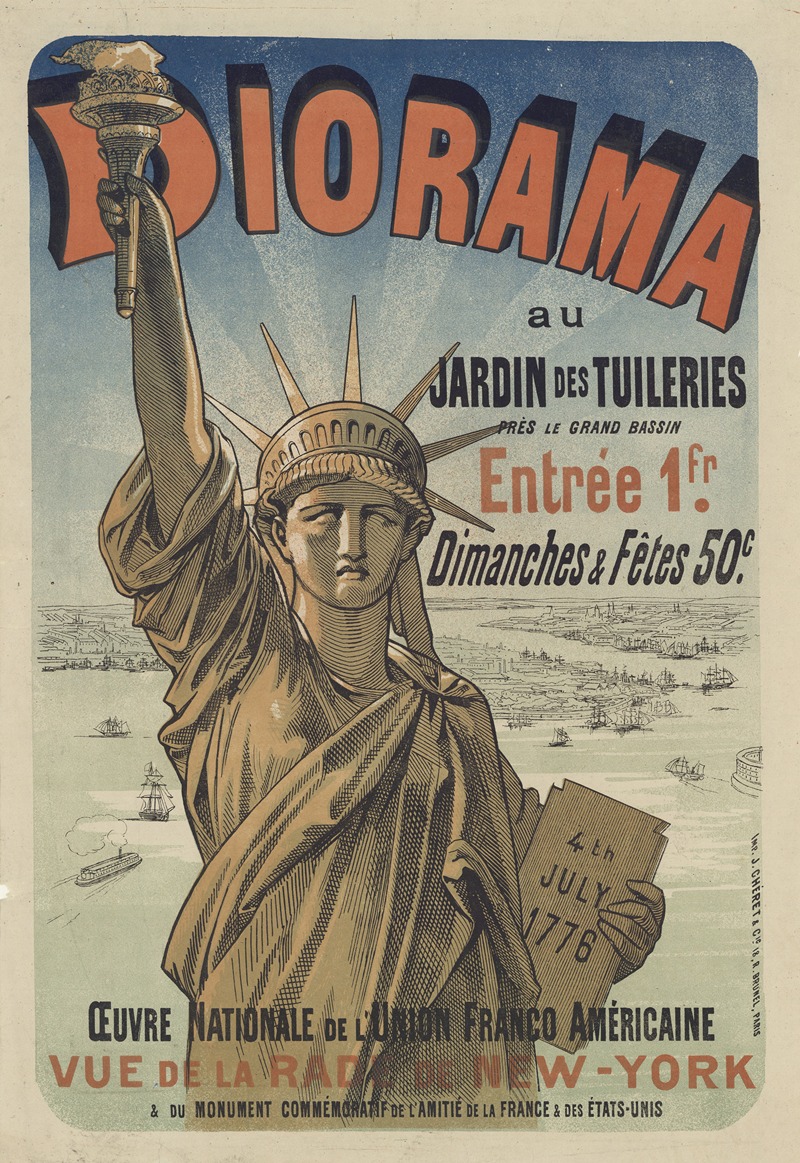
Diorama au Jardin des Tuileries près le grand bassin
A hand-painted replica of Jules Chéret’s masterpiece Diorama au Jardin des Tuileries près le grand bassin, meticulously crafted by professional artists to capture the true essence of the original. Each piece is created with museum-quality canvas and rare mineral pigments, carefully painted by experienced artists with delicate brushstrokes and rich, layered colors to perfectly recreate the texture of the original artwork. Unlike machine-printed reproductions, this hand-painted version brings the painting to life, infused with the artist’s emotions and skill in every stroke. Whether for personal collection or home decoration, it instantly elevates the artistic atmosphere of any space.
"Diorama au Jardin des Tuileries près le grand bassin" is a painting by the French artist Jules Chéret. Jules Chéret, born on May 31, 1836, in Paris, France, is often referred to as the father of the modern poster. He was a master of lithography and is best known for his vibrant and dynamic posters that adorned the streets of Paris during the Belle Époque period.
The painting "Diorama au Jardin des Tuileries près le grand bassin" depicts a lively scene in the Tuileries Garden, a public garden located between the Louvre Museum and the Place de la Concorde in Paris. The garden, designed by landscape architect André Le Nôtre in the 17th century, has long been a popular gathering place for Parisians and tourists alike.
In this artwork, Chéret captures the essence of leisure and social interaction in the Tuileries Garden. The scene is set near the grand basin, a large ornamental pond that serves as a focal point within the garden. The painting portrays a variety of figures, including elegantly dressed men, women, and children, engaging in various activities such as strolling, conversing, and enjoying the serene environment.
Chéret's use of color and light in "Diorama au Jardin des Tuileries près le grand bassin" is characteristic of his style. He employs a bright and cheerful palette, with soft pastels and vibrant hues that bring the scene to life. The artist's skillful application of light creates a sense of depth and movement, drawing the viewer into the idyllic setting.
The composition of the painting is carefully balanced, with the figures arranged in a way that guides the viewer's eye through the scene. The grand basin serves as a central point, around which the activity unfolds. The lush greenery of the garden and the architectural elements in the background add to the overall sense of harmony and tranquility.
Jules Chéret's work, including "Diorama au Jardin des Tuileries près le grand bassin," reflects the cultural and social atmosphere of late 19th-century Paris. His ability to capture the joie de vivre of the era made him a beloved figure in the art world. While Chéret is primarily celebrated for his posters, his paintings also demonstrate his talent for capturing the spirit of his time.
"Diorama au Jardin des Tuileries près le grand bassin" is a testament to Chéret's artistic versatility and his keen observation of everyday life. The painting remains an important piece in the study of French art history, offering insight into the leisurely pursuits and social dynamics of the Belle Époque period.
As of now, there is limited information available about the specific details of the painting's provenance or its current location. However, it stands as an example of Jules Chéret's contribution to the world of art and his enduring legacy as a pioneer of modern graphic design.





